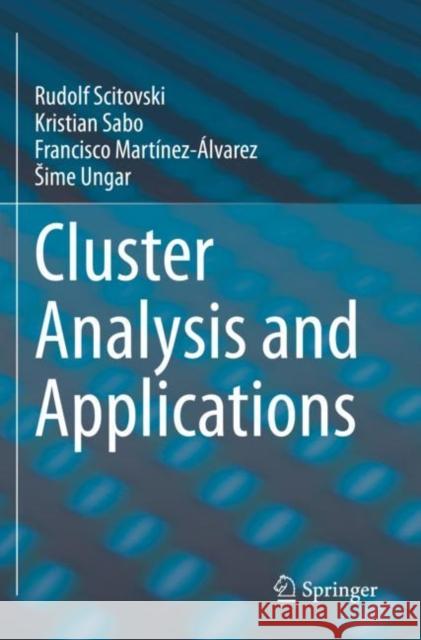Cluster Analysis and Applications » książka
topmenu
Cluster Analysis and Applications
ISBN-13: 9783030745547 / Angielski / Miękka / 2022
With the development of Big Data platforms for managing massive amount of data and wide availability of tools for processing these data, the biggest limitation is the lack of trained experts who are qualified to process and interpret the results. This textbook is intended for graduate students and experts using methods of cluster analysis and applications in various fields.
Suitable for an introductory course on cluster analysis or data mining, with an in-depth mathematical treatment that includes discussions on different measures, primitives (points, lines, etc.) and optimization-based clustering methods, Cluster Analysis and Applications also includes coverage of deep learning based clustering methods.
With clear explanations of ideas and precise definitions of concepts, accompanied by numerous examples and exercises together with Mathematica programs and modules, Cluster Analysis and Applications may be used by students and researchers in various disciplines, working in data analysis or data science.











